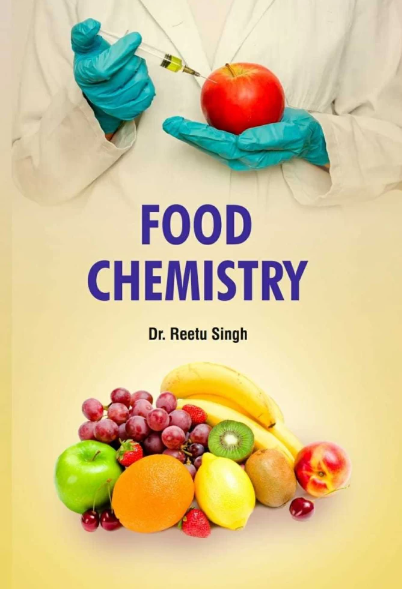Decoding the molecular interaction mechanisms of tannic acid in modulating Fe3+‑sodium alginate microgel delivery systems
IF 8.5
1区 农林科学
Q1 CHEMISTRY, APPLIED
引用次数: 0
Abstract
While conventional studies of polysaccharide hydrogel networks emphasize singular polysaccharide-metal coordination, we hypothesized that synergistic interactions between hydrogen bonding and Fe3+-tannic acid coordination could enhance the structural stability and functional performance of alginate-based microgels. To test this, we investigated the binding mechanisms of tannic acid in Fe3+‑sodium alginate microgels as a model system. Using FTIR, XRD, and XPS analyses combined with molecular docking simulations, we systematically identified the dominant molecular interactions (hydrogen bonding/coordination) and their binding sites in tannic acid-modulated gels. Our results demonstrated that the proposed dual-interaction mechanism significantly reinforced the gel network, improving microgel stability and controlled release efficiency. Tannic acid-Fe3+‑sodium alginate microgels achieved a 34.1 % increase in folic acid bioaccessibility (encapsulation efficiency: 97.3 %), and synergistic antioxidant activity (86.4 % DPPH scavenging). This work validates the hypothesis that polyphenol-modulated dual interactions outperform single-coordination networks, providing a framework for designing advanced nutrient delivery systems with enhanced bioavailability and multifunctionality.

解码单宁酸在调节Fe3+ -海藻酸钠微凝胶递送系统中的分子相互作用机制
虽然多糖水凝胶网络的传统研究强调单一的多糖-金属配位,但我们假设氢键和Fe3+-单宁酸配位之间的协同作用可以提高海藻酸盐基微凝胶的结构稳定性和功能性能。为了验证这一点,我们研究了单宁酸在Fe3+ -海藻酸钠微凝胶中的结合机制作为模型体系。通过FTIR, XRD和XPS分析结合分子对接模拟,我们系统地确定了单宁酸调节凝胶中的主要分子相互作用(氢键/配位)及其结合位点。我们的研究结果表明,所提出的双相互作用机制显著增强了凝胶网络,提高了微凝胶的稳定性和控释效率。单宁酸- fe3 + -海藻酸钠微凝胶对叶酸的生物可及性(包封效率:97.3% %)和协同抗氧化活性(清除DPPH的能力:86.4 %)提高34.1% %。这项工作验证了多酚调节的双重相互作用优于单一协调网络的假设,为设计具有增强生物利用度和多功能的先进营养输送系统提供了框架。
本文章由计算机程序翻译,如有差异,请以英文原文为准。
求助全文
约1分钟内获得全文
求助全文
来源期刊

Food Chemistry
工程技术-食品科技
CiteScore
16.30
自引率
10.20%
发文量
3130
审稿时长
122 days
期刊介绍:
Food Chemistry publishes original research papers dealing with the advancement of the chemistry and biochemistry of foods or the analytical methods/ approach used. All papers should focus on the novelty of the research carried out.
 求助内容:
求助内容: 应助结果提醒方式:
应助结果提醒方式:


